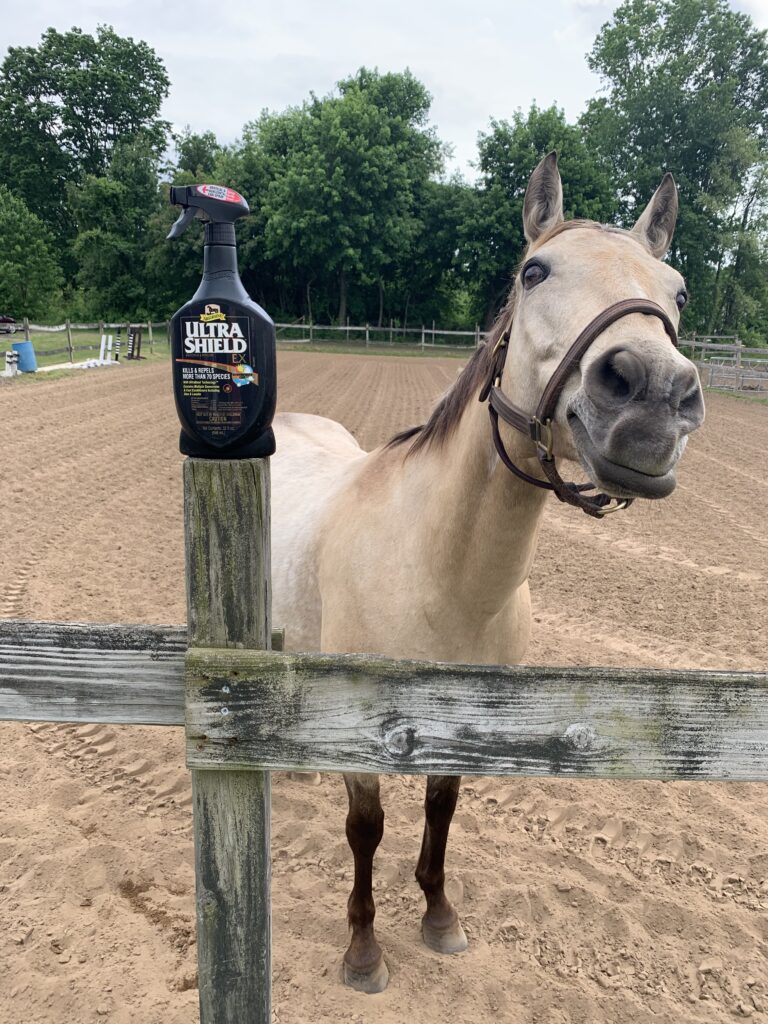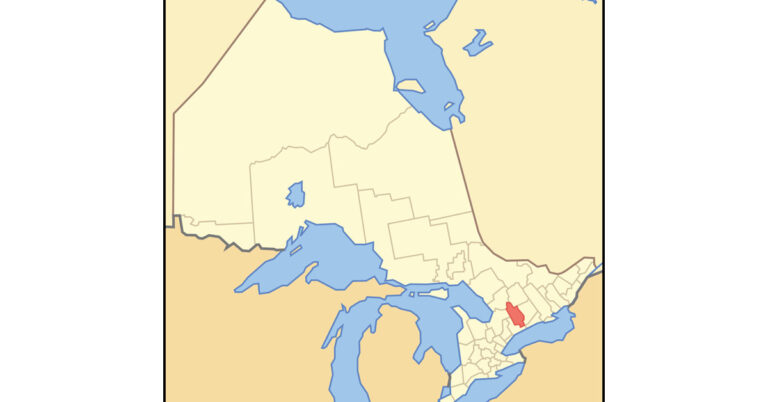In the summertime, flies are an unavoidable nuisance around barns and horses, but you can minimize the infestation by addressing its source, implementing some stable-management practices and getting the most out of your fly spray.

Tackle the Source
Timely elimination of breeding sites and moisture control are important in reducing infestation. Houseflies visit moist material from manure and other organic matter, where the females will lay eggs as they feed. Likewise, stable flies will develop in decaying matter, such as dirty straw, spilled feed or hay, and urine or water. Here are a few simple tips to keep the breeding population down in your barn:
• Clean up manure daily in stalls and at least weekly in paddocks. Spread or
compost the waste.
• Replace stall bedding weekly. Shavings and sawdust have been proven to
produce fewer flies than straw.
• Place waterers in well-drained areas and away from places where horses are fed.
• Keep feed areas dry and avoid ground feeding because any moist, decaying leftover feed is an ideal breeding site for stable flies and houseflies.
There are other stable-management practices that can help, too.
• Fly traps and sticky paper may be most useful as a means of documenting fly numbers over time. A significant increase in catch from one week to the next can be a warning to check on sanitation and to increase fly-control measures.
• Fans that direct a downward and outward airflow will help to keep flies from entering barns.
• Screening is an excellent way to keep flies out of feed and tack rooms and stalls.
• Several commercial firms offer a fly-parasite (predator) release program that can be used to supplement fly control.
• You also can apply residual insecticides to walls, ceilings and rafters of barns and sheds where nuisance flies rest. These insecticides are made for this specific purpose as opposed to those developed for direct application to horses—so check the label. General observations and accumulations of fly specks (waste drops) will help identify target spots. Be sure to protect water and feed when making applications. Do not apply the same insecticide or different products within the same chemical class repeatedly throughout an entire season to minimize insects developing resistance.
Maximize Your Fly Spray’s Effect
While addressing the source of fly-control problems is key, insecticides can help to provide some temporary reduction of pest problems. Specifically, how you use fly spray can make a big difference in helping your horse be comfortable. Here are some tips:
• Read the label for age restrictions. Some products should not be applied to foals younger than 3 months. Check to be sure the pests you want to control are listed on the label, and apply spray no more frequently than the recommended retreatment intervals. [Read more: What’s in a fly spray label?]
• Observe horses frequently to determine which body parts are most irritated by insects. Mosquitoes and gnats tend to feed on horses’ underbellies, which are easily overlooked and may be more difficult to cover evenly with fly spray. Stable flies feed on the lower legs, where insecticides and repellants are prone to being covered with dust and washed off with water.
• Before applying insecticide, thoroughly brush your horse’s coat to remove dirt that can reduce the spray’s effectiveness.
• Lightly brush against the lay of the hair while applying the spray to ensure adequate cover. This allows the insecticide to reach the skin.
• Apply spray more frequently rather than more heavily. Reapply fly spray once your horse’s coat has dried after washing or exposure to heavy rain.
Thanks to Lee Townsend of the University of Kentucky Extension Service for contributing information to this article.
This article originally appeared in the June 2015 issue of Practical Horseman.









